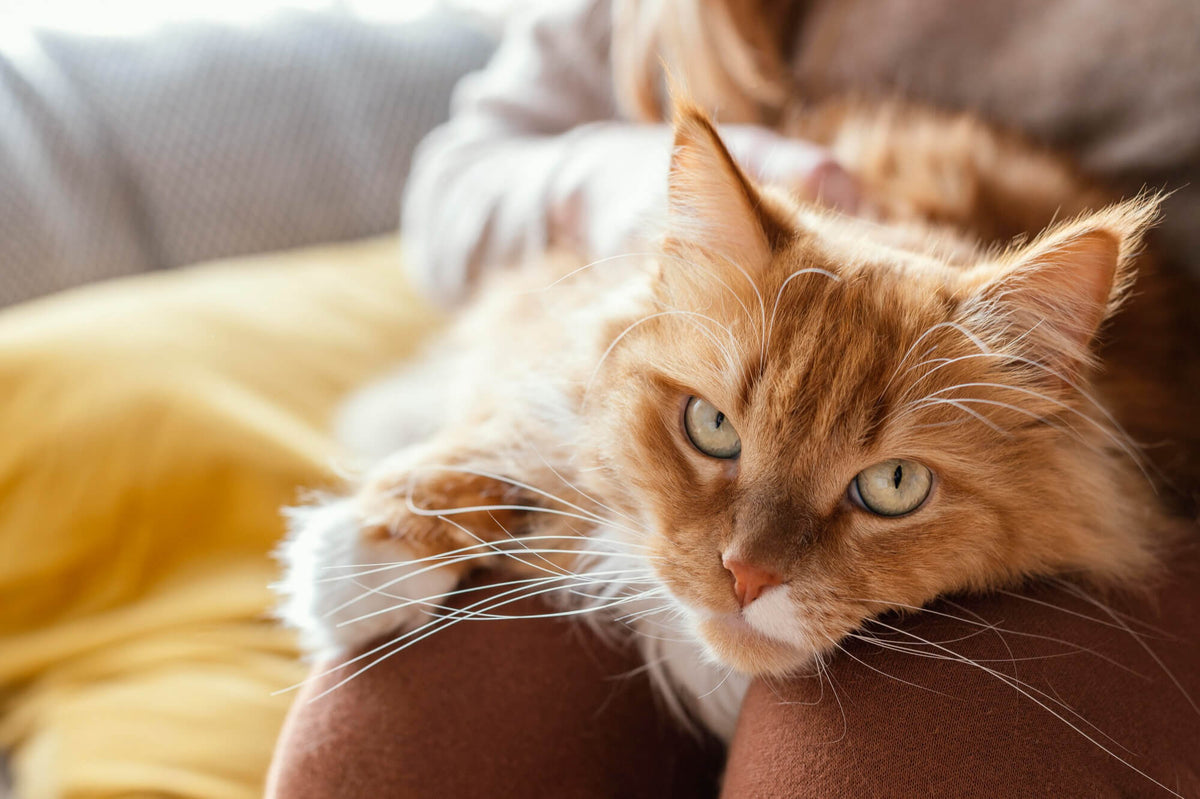Taking care of a cat is an enriching experience full of discoveries. From his soft purring to his mischievous escapades, each stage of his life requires specific attention.
Therefore, it is essential to understand how the need for care varies in each phase of your life. Today we will immerse ourselves in a journey through the age of our cats , exploring from their equivalence in human years to the specific care that we must provide them in each period of their life. Join us to ensure that your feline enjoys a long, healthy and happy life.
Converting cats' ages to human years helps us better understand their needs and behavior.
Although the exact formula may vary, it is generally accepted that a cat's first year corresponds to approximately 17 human years, and the second to about 21.
From there, each feline year is equivalent to about four human years. This conversion is essential to adjust feeding, care and physical activity to their corresponding age in human years.
Below you will find an Equivalence Calculator to find out your cat's age in human years :
The first six months are crucial for a kitten's development. This is the stage of greatest growth and when it is most vulnerable.
It is essential to ensure adequate nutrition, preferably breast milk and then a high-quality food specifically for kittens.
It is also the time to start their vaccinations and deworming, as well as to begin their socialization and basic education.
Keep in mind that it is recommended to sterilize cats between their first 4 and 6 months of life.
In this phase, the cat has already reached almost its adult size and its energy level is very high.
It is important to offer a feed adapted to young cats that supports their physical activity.
You should also keep in mind that thanks to sterilization , it can help prevent unwanted behavior and future health problems.
Continue with your vaccination program and have regular veterinary checkups.
From 3 to 6 years
During these years, your cat is considered an adult. The diet must be balanced to maintain a healthy weight.
It is a good time to introduce foods such as food for sterilized cats if your pet has undergone this procedure.
Make sure you provide enough exercise and mental stimulation to avoid boredom and obesity.
From 7 to 10 years
As your cat enters his mature years, he may begin to show signs of aging.
It is vital to adjust your diet to one that is lower in calories and easier to digest, suitable for your slower metabolic rate.
Veterinary checkups should be more frequent to monitor for signs of diseases such as diabetes or kidney problems.
From 11 to 14 years
At this stage, your cat is already considered a senior. The focus is on maintaining your quality of life and managing any chronic illnesses.
Food should be soft and easy to chew, rich in essential nutrients to support optimal health.
Consider adding supplements if your veterinarian recommends it.
More than 15 years
Cats over 15 years old need very special care. His diet should be extremely easy to digest, and he may need wet foods if he has difficulty with dry foods.
Maintain a warm and comfortable environment, and minimize stress to improve your well-being.
Final conclusion
Through each of these stages, the key to effective care of your cat is continuous adaptation to its changing needs.
Be sure to maintain constant communication with your veterinarian and keep an eye out for any changes in their behavior or health.
With the right love and attention, your cat can enjoy each stage to the fullest.
